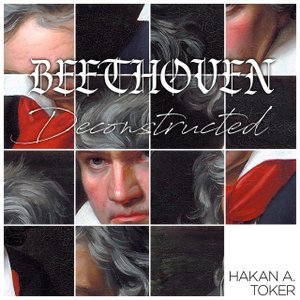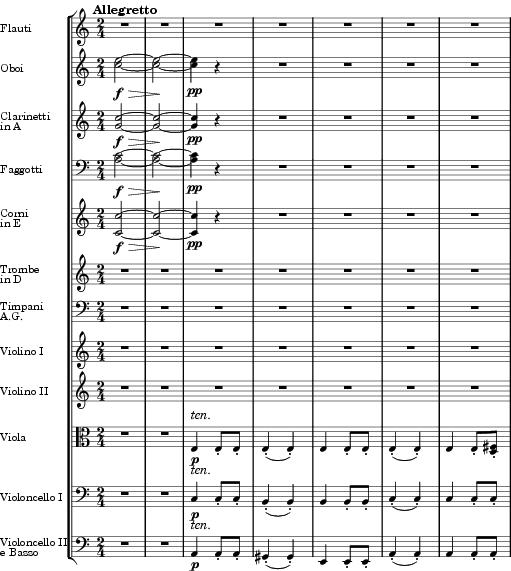

Unlike some of Beethoven’s works, it was immediately popular, and was repeated several times in the weeks following its premiere. This symphony was premiered in December 1813, at a benefit concert for soldiers wounded in the fight against Napoleon’s army. With its ostinato (repeated rhythmic phrase) – long-short-short-long-long – it was a good musical fit for the gravity of the scene and the king’s halting conviction. Although contextually it seems out of place (the ultimate Austro-Germanic composer to underscore a speech about Britain going to war with Germany?), musically it was appropriate: profound and somber. The music that underscores the scene is the second movement (Allegretto) of this symphony. Those who saw the film will remember the climactic scene: the king addresses millions of citizens over the radio, hesitantly, but passionately and firmly. Read on to learn about this piece…Īlthough Beethoven’s Seventh Symphony in A Major may not be quite as famous as his Fifth or Ninth, it recently starred in this year’s Oscar winner for Best Picture, The King’s Speech.

THE WORLD – Aside from war, 1813 saw the formation of the Philharmonic Society in London, the publication of Pride and Prejudice and opera premieres of Rossini’s TANCREDI and L’ITALIANA IN ALGERI.Our April 9-10 Season Finale includes Beethoven’s popular Symphony No.

For a man who already knew loss in a measure beyond what he deserved, it is thrilling to view Beethoven’s exuberant, celebratory A Major Symphony as the musical translation of a very real, if fleeting, happiness. The letters and symphony were written at the same time and it seems likely that the same depth of positive emotion informed them. 7 to the famous “Immortal Beloved” letters of 1812. Another opportunity provided by history is the linking of Symphony No. It is interesting to consider how the 7th Symphony would be partly guilty of the same “shadowing” effect over the more slender 8th the following year, a clear indication that the 7th was much more than a “companion piece” to the Victory work and quickly destined for its own greatness. The symphony was well-received but a bit lost among the technological gadgetry, the pre-existing enthusiasm for Wellington’s Victory and the general anti-Napoleon fervor of the occasion. On the program with the new symphony was the incredibly popular Wellington’s Victory, the most blatantly heroic piece Beethoven wrote during those middle years, and a pair of marches by Dussek and Pleyel performed by Johann Nepomuk Maelzel’s “mechanical trumpeter” invention. The premiere occurred in December of 1813 and the benefit concert for wounded soldiers was the most successful (and possibly oddest) of the composer’s life. THE MUSIC – If the “Eroica” Symphony is the true centerpiece of the middle period of Beethoven, than the equally potent 7th Symphony must be remembered as its noble valediction. It is no surprise that these categorizations correspond with big changes in the composer’s personal story and though he certainly never separated his work into such academic groupings, his stormy life made it possible for history to do so. THE COMPOSER – LUDWIG VAN BEETHOVEN (1770-1827) – Beethoven’s impressive output is often divided by scholars into distinct periods – the Bonn years, the early years in Vienna, the “Heroic” middle period and of course the late period.

Instrumentation: 2 flutes, 2 oboes, 2 clarinets, 2 bassoons, 2 horns, 2 trumpets, timpani, strings


 0 kommentar(er)
0 kommentar(er)
